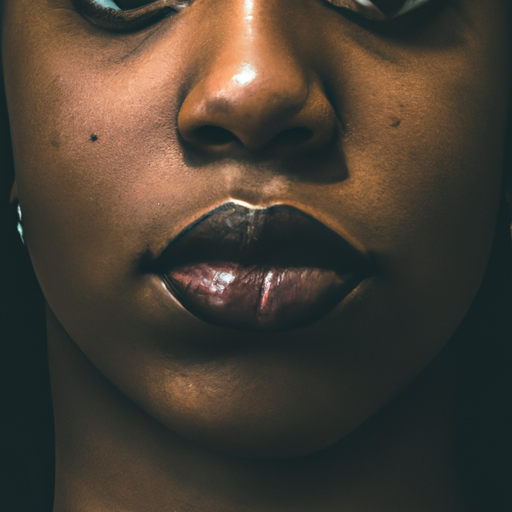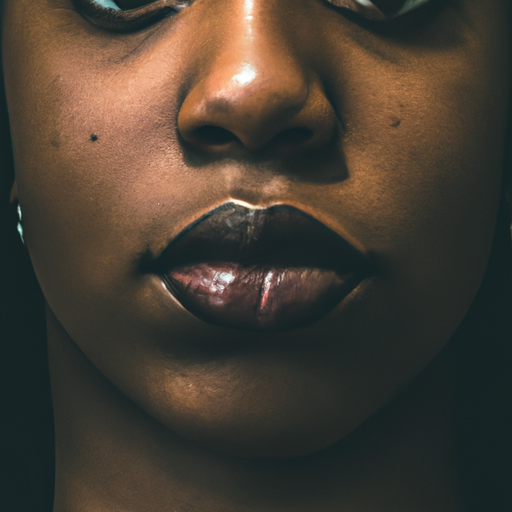As a dermatologist, I often encounter patients who are confused about the difference between skin hydration and skin moisture. They tend to use these terms interchangeably, but they actually refer to two different aspects of skin health. Understanding the difference between these two concepts is crucial for maintaining healthy, glowing skin. So, let’s decode your skin’s thirst and understand its moisture versus hydration needs.
Firstly, it’s important to understand that our skin is the largest organ of our body and it’s composed of multiple layers. The outermost layer, known as the stratum corneum, is responsible for protecting our skin from environmental aggressors and preventing water loss. This layer needs both hydration and moisture to function effectively.
Hydration refers to the water content within the cells of our skin. It’s about how much water your skin absorbs from various sources such as drinking water, eating fruits and vegetables, or using hydrating skincare products. When your skin is well-hydrated, it appears plump, luminous, and healthy. Lack of hydration can make your skin look dull, show fine lines or wrinkles more prominently, and even lead to skin conditions like eczema or psoriasis.
On the other hand, moisture is about oil content on your skin surface. It’s associated with sebum, an oily substance produced by our sebaceous glands to form a protective barrier on the skin surface. This barrier prevents water loss from the skin layers and keeps it soft and smooth. Lack of moisture can lead to dry, flaky skin and can exacerbate conditions like dermatitis or rosacea.
Now that we’ve understood the difference between hydration and moisture, it’s essential to know how to cater to both needs for optimal skin health.
To keep your skin well-hydrated, drink plenty of water throughout the day. Incorporate water-rich fruits and vegetables into your diet. Also, use skincare products that contain hydrating ingredients like hyaluronic acid, glycerin, or aloe vera. These ingredients attract water to your skin cells and help them retain it.
To ensure your skin has enough moisture, use moisturizers that contain occlusive and emollient ingredients. Occlusives like petrolatum or beeswax form a protective layer on your skin surface to prevent water loss. Emollients like oils and lipids fill in the gaps between skin cells, making your skin feel soft and smooth.
Remember, your skin needs both hydration and moisture to stay healthy. If you only focus on hydrating your skin without moisturizing it, the water you’re adding can easily evaporate from your skin surface, leading to dehydrated skin. Conversely, if you only focus on moisturizing your skin without hydrating it, your skin may still look dull and lifeless due to lack of water content in the skin cells.
In conclusion, understanding your skin’s thirst is about balancing hydration and moisture. It’s about ensuring your skin cells are filled with water and this water is effectively sealed in with a protective barrier. By catering to both these needs, you can maintain healthy, glowing skin that’s resilient against environmental aggressors and signs of aging.




